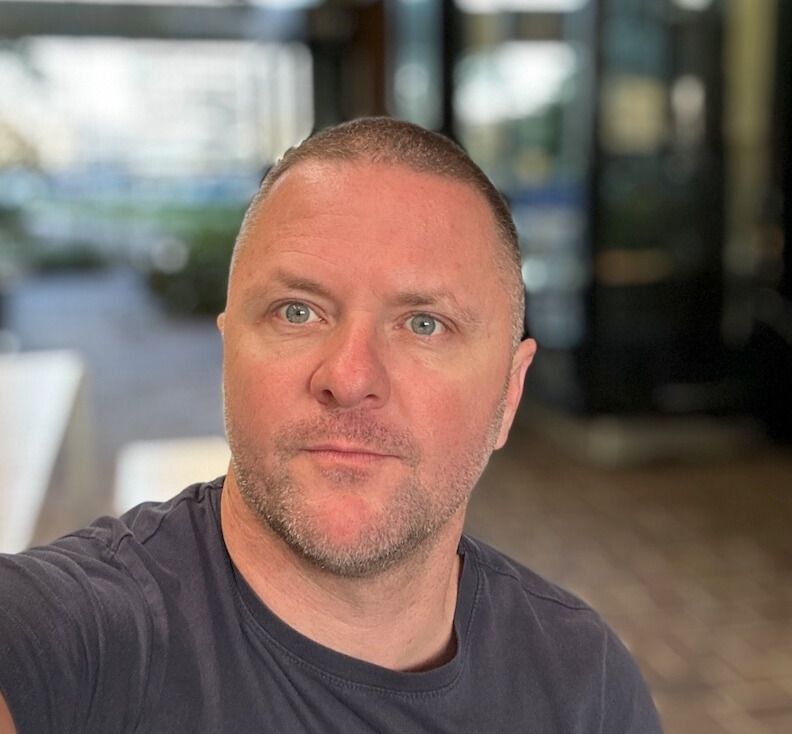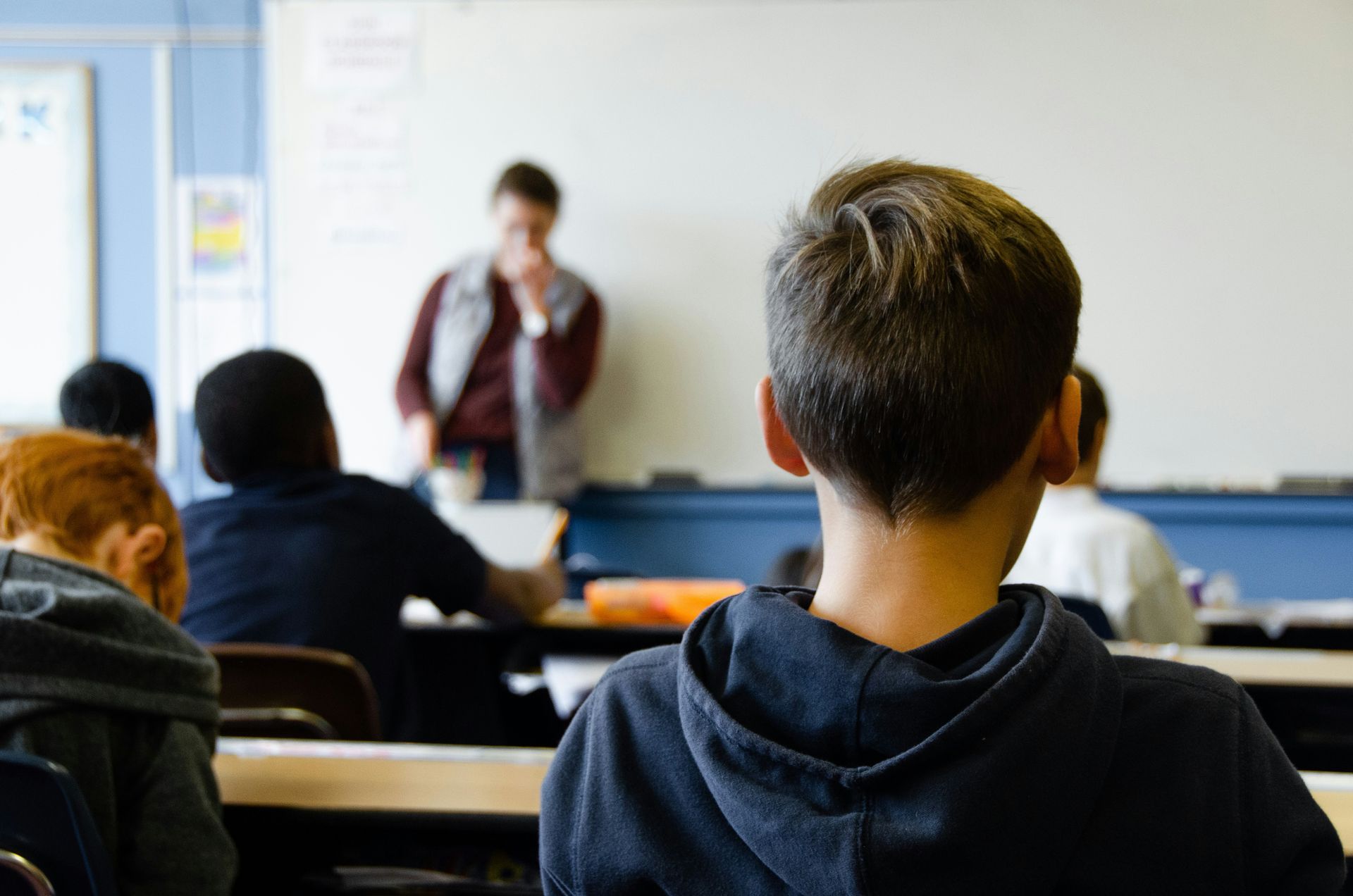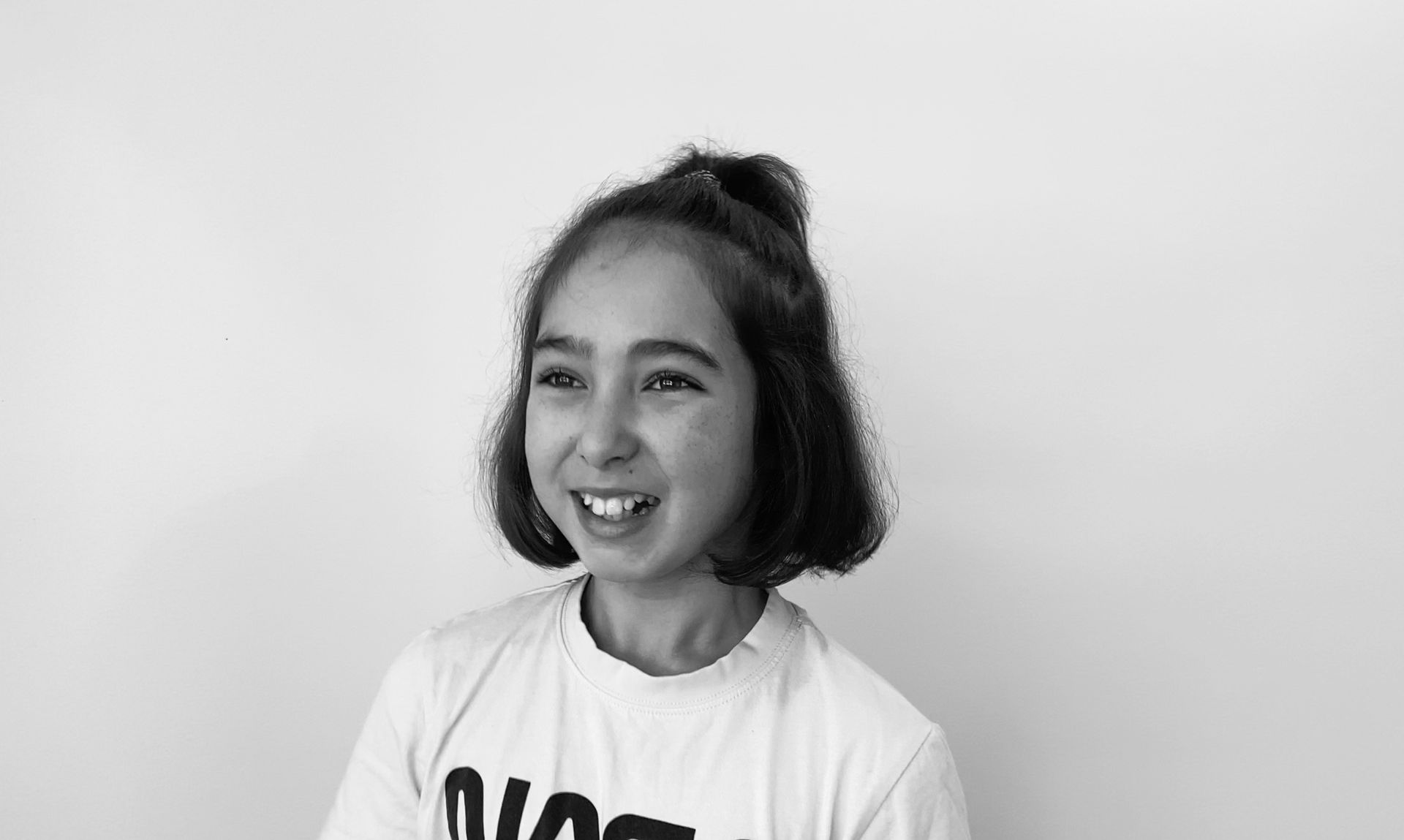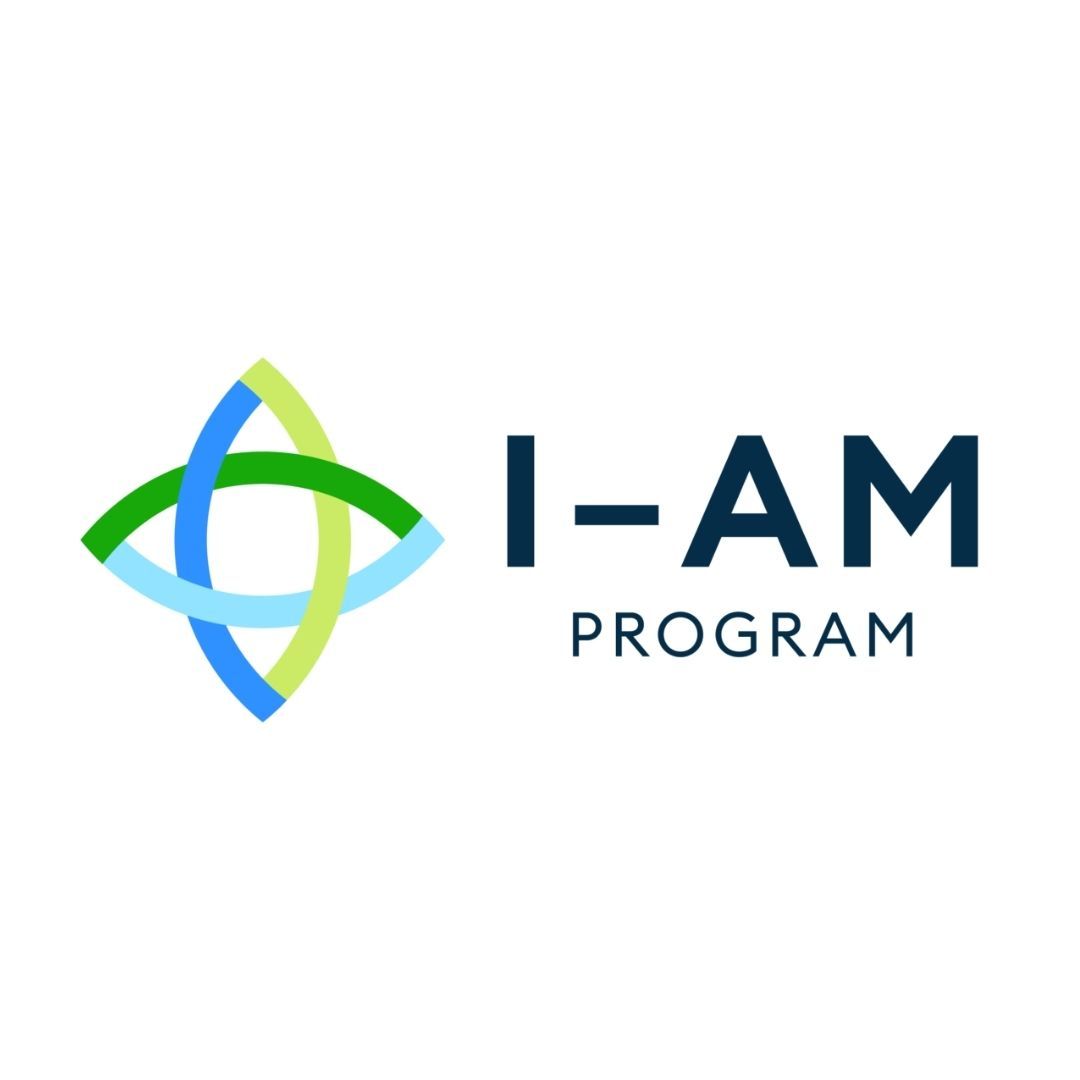What can teachers do to ensure gifted students are engaged and learning?
There is a vast amount of literature related to gifted students and their education. Decades of research has culminated in clear and consistent information about identification, characteristics, underachievement, strategies in the classroom, accelerative options, social/emotional needs, and how to plan appropriately challenging learning programs. Despite this, gifted students remain widely under-served, under-stimulated and demonstrate limited academic growth on school-based, standardised and national testing.
Karen Rogers, in her meta-analysis of decades of research in the field of gifted and talented education, identifies five key “lessons” that describe what is consistently known and understood to be key strategies for gifted students.
1. Gifted learners need daily challenge in their specific areas of talent.
2. Opportunities should be provided on a regular basis for gifted learners to be unique and to work independently in their areas of passion and talent.
3. Provide various forms of subject-based & grade-based acceleration to gifted learners as their educational needs require.
4. Provide opportunities for gifted learners to socialise and to learn with like-ability peers (most likely not same-age peers).
5. For specific curriculum areas, instructional delivery must be differentiated in pace, amount of review and practice, and organisation of content presentation.
(Rogers, 2007)
The “daily challenge” message makes it clear that classroom teachers are the critical ingredient in ensuring gifted students are learning every day, and this message is reiterated within the AITSL Australian Professional Standards for Teachers Standards. Teachers of ability grouped, streamed or mixed-ability classes have strategies available to them as they are planning and implementing differentiated learning for gifted and talented students within their class.
Engagement
In order to maintain engagement in their education, it is important that gifted students are actually learning when they come to school each day, and see school as a place where their prior learning is recognised and new learning occurs. To ensure this happens on a daily basis, we must:
- Pre- and formatively assess students to determine prior knowledge and avoid students practicing and repeating skills, knowledge and understandings they have already mastered. Gifted students often experience school as a place where week after week, topic after topic, and year after year, they are asked to unnecessarily practice and repeat skills. It is important to find quick and efficient ways to find out what students know and have mastered, and to plan class and homework that introduces and builds upon new learning.
- Make sure students are not asked to complete ‘core’ work before they can access the work that is genuinely at their level and will offer challenge. Extension and challenge tasks that are given out after students have finished, fall into this category. A core principle of differentiation is that all students are working at their level from the beginning of a class, rather than having to ‘earn’ the work that they should be able to access from the beginning of a lesson. Gifted students often experience years of being ‘rewarded’ for completing their work by being given more, and over time they become demoralised or learn to avoid the extra work by finding ways to waste time.
- Avoid asking the strongest students to mentor, coach or teach other students. Teachers often do this with the rationale that this helps both students. In reality, neither the weak nor the strong student benefits from this arrangement. It is important to remember that our brightest students deserve to be learning new material rather than being a substitute teacher, just as other students expect to do every day. Gifted students enjoy and should be able to work with intellectual peers on a daily basis, in order to feel accepted, express their ideas without fear of criticism and to be appropriately challenged.
- Avoid asking students to catch-up on missed work if they are out of the classroom to access extension work or gifted programming. This is especially true if the missed work includes unnecessary practice and repetition! Whenever students are involved in withdrawal or pull-out programs, it is important to look for ways to assess knowledge and credit learning between the classroom and pull-out program.
Gifted students enjoy learning when they can see the big picture and whole-to-part teaching works well to achieve this. Strategies such as introducing an ‘essential question’ or ‘big idea’ at the beginning of a unit of work, can increase student motivation to learn the necessary underlying skills and knowledge, and serve as a reminder to teachers to keep a focus on the high order aspects of the learning. Essential questions or big ideas must be higher order and interest can be increased by making them provocative, ambiguous and/or thought-provoking.
Daily challenge
There are a number of ways that teachers can offer daily challenge to students as they plan their differentiated success criteria, learning goals, resources, lessons, activities, assessments and programs.
Level of abstractness – consider extending the thinking that students do, by increasing the level of abstractness. This can be done through questioning and task design, and can be a simple way to ensure students are thinking about and engaging with learning at a higher level without necessarily changing the activity or resource. Bloom’s Taxonomy (1956) is a good resource to assist with this planning, and research done by Davis and Rimm (2004) found that it is important for gifted and talented students to be working in the top three high order areas (Analysis, Synthesis, Evaluation) the majority of the time.
Pace – differentiating the pace at which gifted and talented students are able to access and move through new material is vital to ensuring students are engaged and experiencing daily challenge. In order for teachers to differentiate pace, they need to be pre and formatively assessing to determine what students already know and how quickly they are grasping new knowledge, skills and conceptual understanding, with an aim to reduce the amount of unnecessary repetition and practice.
Degree of complexity – making a task more interconnected with other ideas can increase the rigour of the thinking required from students. We extend students when we ask them to think about multiple ideas and the connections between these ideas, rather than asking them to engage with one idea at a time. The SOLO Taxonomy (1982) is a good resource to assist with planning this type of learning, questioning and assessment, and teachers should aim for gifted and talented students to be consistently working in the top two areas (“Relational” and “Extended Abstract”).
Accelerative options – Extension, enrichment and the strategies listed above are important ways to plan appropriately challenging learning experiences for gifted and talented students, however accelerative options are equally important, if not more so. Accelerative options are any learning material that offers above-grade material or access to this material. For many gifted and talented students, there is only so much differentiation, extension and enrichment that is possible before they genuinely need to explore and learn above-level material. VanTassel-Baska and Stambaugh (2006) argue that accelerating content must be considered as a priority by teachers when planning learning experiences for gifted and talented students.
Learning gain
As teachers we need to ask if we have the information we need to measure the learning gain of our gifted students. If we can’t measure learning gain, it is unlikely we are offering them daily challenge and may mean they are not learning at all, even if they seem to be achieving. To ensure we can measure learning gain, we need to design our pre assessments so that we can find out the point at which students do not know material. If a preassessment is too easy and students get every aspect correct, then we have not discovered a baseline from which to plan our teaching and we will not be able to measure learning gain if it occurs. We also need to ensure our summative assessments offer enough difficulty to assess the advanced learning that students have been accessing.
Implementing these strategies in no way implies that gifted students deserve more than any other student. Rather, we are endeavouring to level the playing field for these students, to provide the same degree of challenge as other students experience each day at school, to foster the same ability to persevere with tasks that are difficult, to see themselves as learners, and to experience school as a place where learning occurs on a daily basis.
References
Biggs, J., and Collis, K. (1982). The SOLO Taxonomy. New York: Academic Press.
Bloom, B.S. (1956). Taxonomy of Educational Objectives, Handbook I: The Cognitive Domain. New York: Longmans, Green.
Davis, G.A., and Rimm, S,B. (2004). Education of the gifted and talented. University of Michigan: Pearson.
Rogers, K.B. (Fall, 2007). Lessons Learned About Educating the Gifted and Talented: A Synthesis of the Research on Educational Practice. Gifted Child Quarterly, 51(4), 382-396.
VanTassel-Baska, J., and Stambaugh, T. (2006) Comprehensive Curriculum for Gifted and Talented Learners, 3rd Edition. College of William and Mary: Pearson.
Disclaimer: The views and opinions expressed in this blog are those of the author and do not necessarily reflect the official policy or position of the AAEGT.
Share this resource
Resources












